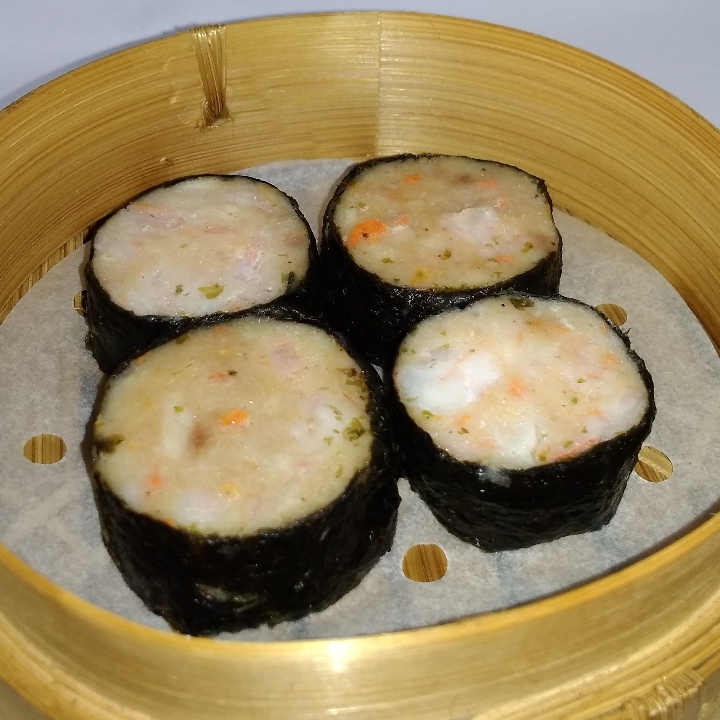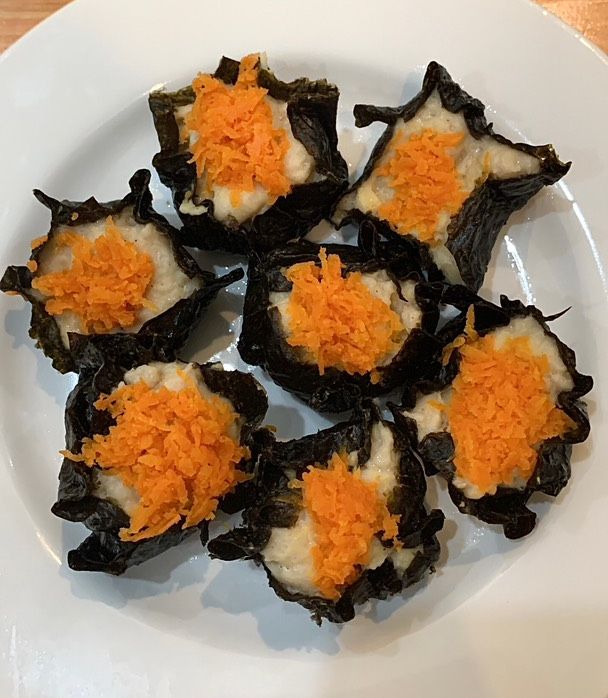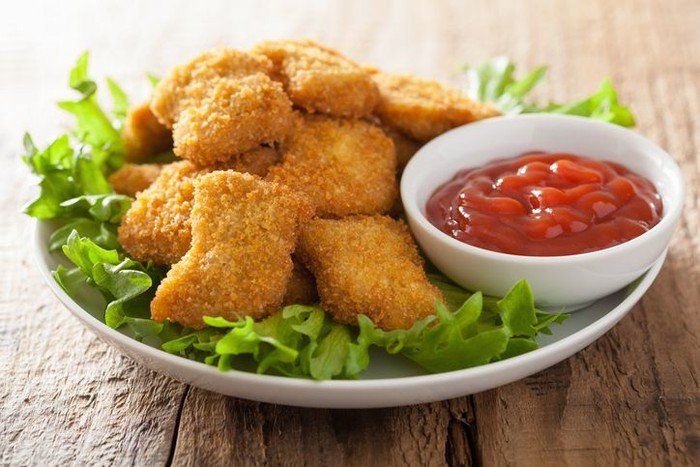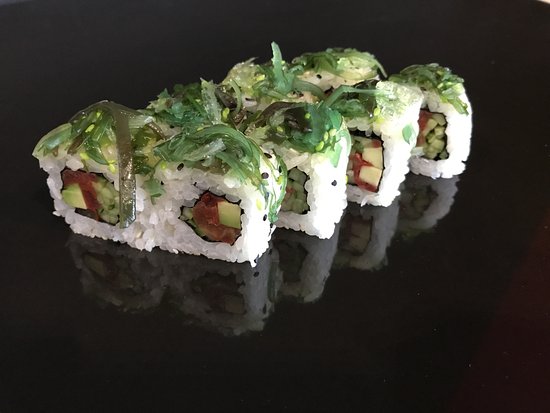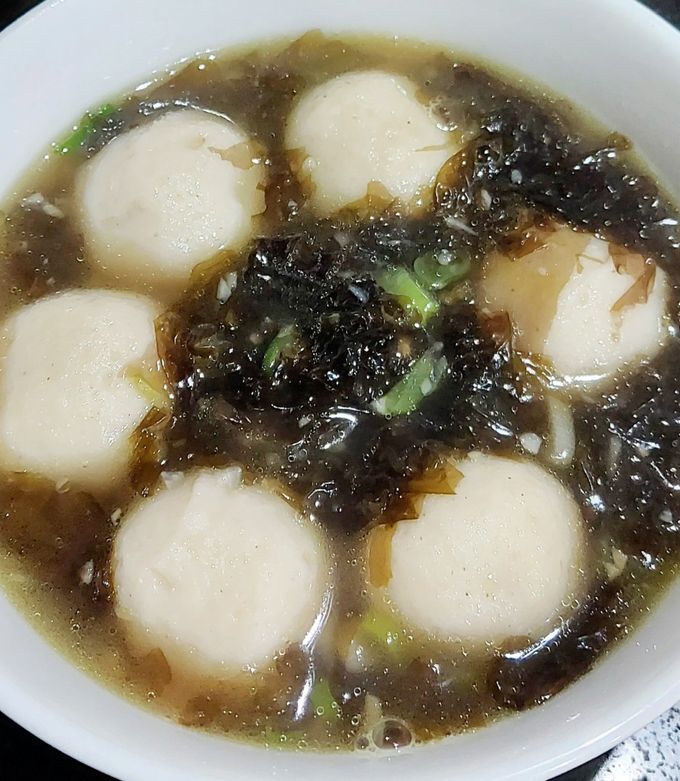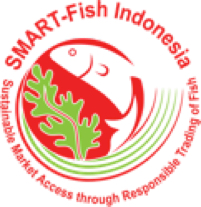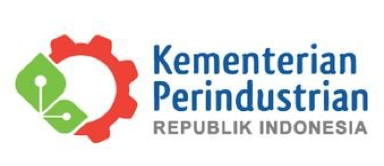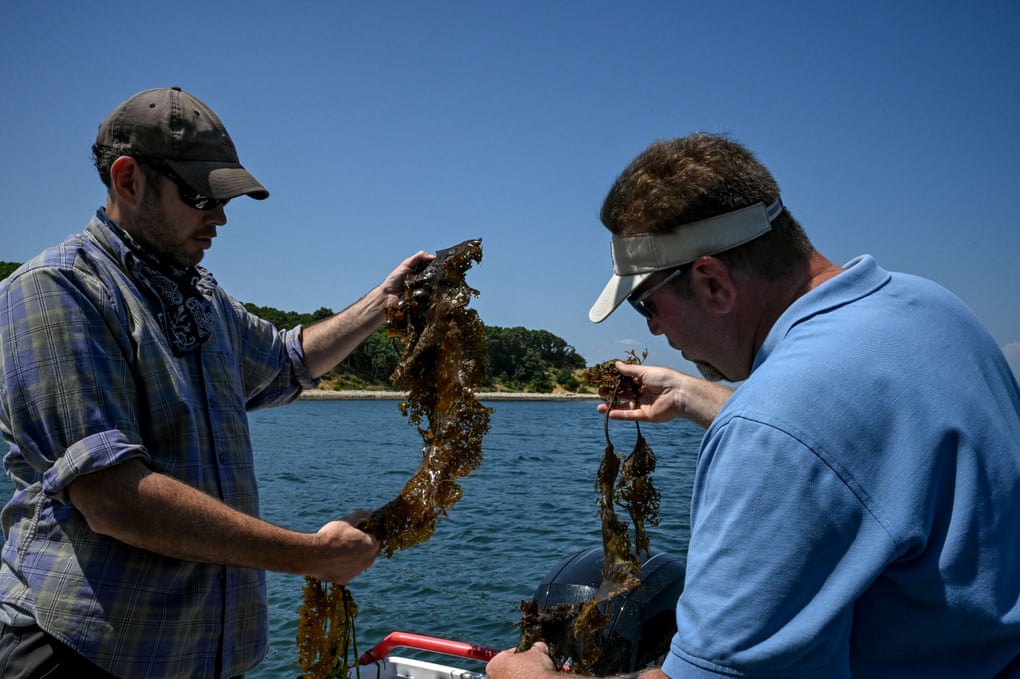
‘It’s a Miracle Crop’: The Pioneers Pushing the Powers of Seaweed
Motoring out of Montauk Harbor aboard a research vessel, Sean Barrett waves hello to a commercial fishing boat, yelling “What up, Jay! Any slipper snails in there?”
It is a crisp, sunny day – the kind that brings tourists to Montauk, a small fishing village at the end of Long Island, New York. Although the town is better-known as a resort destination, it is the state’s largest commercial fishing port, only one of two major ports that are still in operation.
More than 10 years ago, Barrett, 46, created Dock to Dish, the nation’s first restaurant-supported fishery – essentially an alternative model for selling seafood sustainably where members pay a fee for a share of a local catch.
More recently he has been focusing on the bottom of the ocean food chain and a different kind of marine life: kelp. Earlier this year, he founded the Montauk Seaweed Supply Co and today the Guardian is accompanying him as he travels out to look at native seaweeds at nearby Fort Pond.
In his new venture, Barrett has been mindful of the Indigenous uses of seaweed as a fertilizer, and devised a kelp-based soil amendment that home gardeners and golf courses can use on their plants rather than chemical-laden fertilizers. Describing kelp as the “ocean’s first regenerative crop”, Barrett believes that by localizing seaweed production in New York he can revive the stymied maritime industry.
“Seafood import rates in the US are around 90%. Seaweed is more than 94%. We try to bring it all back to being more local,” said Barrett. He adds that most seafood and seaweed products go through upwards of 15 purveyors, and that he is trying “to get that chain of custody down to three hands: a farmer, the company and a consumer”.
But there’s just one catch: it is illegal to farm seaweed in New York state, despite activists’ best efforts.
Alaska and Maine are currently the leading seaweed producers in the US as both states allow seaweed farming. Meanwhile, New York is struggling to keep up, with growers losing yet another season as they await a law change. Although the Kelp Bill passed the state’s legislature in June, it still needs to be signed into law by New York’s governor. The recent resignation of Governor Andrew Cuomo has activists worried about further delay.
“Other states seem to be ahead of us,” said assemblyman Fred Thiele, who first proposed the so-called Kelp Bill to New York state’s legislature five years ago. The bill would allow state bottomlands in Peconic and Gardiners Bay to be leased for commercial kelp cultivation. A similar piece of legislation gave birth to the state’s vibrant oyster industry in 2009, giving rise to more than a dozen aquaculture businesses across Long Island.
In addition to bolstering the state’s floundering maritime industries, the brown, fibrous sea vegetable is effective at absorbing carbon, in addition to fighting ocean acidification. Scientists at King Abdullah University of Science and Technology (KAUST), Red Sea Research Center estimate that coastal habitats and wetlands absorb five times more carbon than terrestrial forests.
This is a critical measure as the globe’s temperatures are likely to rise more than 1.5C above pre-industrial levels, according to the recent International Panel on Climate Change Report, stemming in large part from excess carbon in the atmosphere.
“Sugar kelp offers scientists another tool in the tool box to address issues with climate change [relating] to increasing carbon,” said Dr Charles Yarish, of the University of Connecticut, a seaweed biologist.
The US has more than 95,000 miles (154,000km) of coastline – the second most in the world – and Yarish believes that it could become the leading producer of the ocean’s first-ever regenerative crop. He envisions that this could be achieved by creating large-scale farms in the US’s exclusive economic zone, whichextends 200 nautical miles offshore. Kelp is “scalable”, Yarish added.
There are also big potential benefits in tackling pollution.
The drinking water on eastern Long Island is some of the most nitrogen-loaded groundwater in the country, ranking in the top 5%. Most of this pollution stems from outdated septic systems, which have also contributed to nearly 60% of nutrient loading on Long Island’s Peconic estuary.
Local officials are trying to convince homeowners to replace thousands of systems – but seaweed could boost these efforts. “If everyone’s homes got upgraded today, the contaminated groundwater that was created yesterday is still creeping towards the bays and estuaries,” said Dr Christopher Gobler of Stony Brook University. Working with Stony Brook labs on a three-year experiment on ocean acidification, carbon drawdown and nitrogen extraction of seaweeds, Gobler’s lab found that one acre of kelp farm over six months of propagation is equivalent to replacing 10–20 older septic systems each year.
Although scientists are elated about kelp’s capacity as a carbon sink, the atmosphere only nets a benefit if the kelp is harvested and used. If the seaweed stays in the sea it disintegrates in the summer sun, releasing the carbon and nitrogen it has absorbed from the ocean to dissolve back into the water.
Enter: kelp as food.
Many consumers are already familiar with nori seaweed in sushi rolls, and seaweed salads, but there is a widening interest in kelp from top chefs, and health food grocery stores stocking products such as kelp cubes which can be added to scones or pasta sauces, cookies or soups.
Akua debuted a kelp burger earlier this year, and it had many climate activists thinking this could be the new shift.
Their original products like a kelp jerky tasted “earthy” or kelp noodle for “diehard” fans of the sea vegetable, said CEO Courtney Boyd Myers. A seaweed fan herself, Courtney loved the products, but knew it wasn’t “moving the needle” for investors. Now, with a kelp burger that was heavily beta-tested during quarantine, they are selling about $80,000 a month and are on track to garner $1m in sales this year, said Boyd Myers. The company sources most of their kelp from Maine farmers.
“People want to know how their food is produced, where it is coming from and how they can eat to support the right kind of agriculture,” said Dan Barber, 51, chef and co-owner of Blue Hill restaurants and author of The Third Plate, who is a prominent supporter of Sean Barrett’s work. “Kelp becomes an obvious go-to. That is an important moment.”
Barber, who has been a leader in the slow food movement since his book on the future of food, sees kelp as the culinary world’s next kale or cauliflower, as high-end chefs, such as Victoria Blamey who recently had a residency at Barber’s restaurant Blue Hill incorporate the seaweed into their menu. Acknowledging the Indigenous cultural roots of the vegetable, Barber believes that eating lower on the food chain is one of the best ways that consumers can eat sustainably.
“How does what we eat affect the world around us? With kelp, it is a slight net positive,” said Bri Warner, president of Atlantic Sea Farms, the Maine company which became the nation’s first commercial seaweed farm in 2009.
Describing kelp as “truly regenerative”, Warner points out that “it is a miracle crop in many ways. It doesn’t use fresh water. It doesn’t use land. It doesn’t need fertilizer.”
Atlantic Sea Farms works with 24 partner farms, making up more than 95% of Maine’s line-grown seaweed supply. Since 2018, they have grown 12,000% in supply, with their products such as a kelp seaweed cube being sold in 350 Sprouts grocery stores across the country or their fermented seaweed salad sold in Whole Foods, according to Warner.
Their business focus is around securing these kinds of supply deals. “Kelp is not like lobster … There are a million buyers for lobster,” said Greg Perkins, a Maine lobsterman turned kelp grower for Atlantic Sea Farms. “There are not a whole lot of buyers for kelp.” That is why deals such as the ones with Sprouts and Whole Foods are so important. “If you didn’t have that guaranteed market I don’t know if I would be one to do it.”
Perkins, 31, estimates it cost him about $6,000 to $7,000 to enter the kelp business, with most of that investment covering expenses such as moorings, buoys and line. Perkins, who farms in Penobscot Bay, Maine, originally got into kelp aquaculture as a way to supplement his lobstering and crabbing businesses, which remain his main source of income.
In the next five years, Atlantic Sea Farms plans to triple its kelp supply, working with more growers, like Perkins. The Gulf of Maine is warming 99% faster than any other waters in the United States, so Atlantic Sea Farms – and their farmers – see the importance of scaling as quickly as possible.
On the other coast of the US, Alaska’s kelp food industry is also booming.
Kelp “is a perfectly circular tube. When you slice it, it makes the aesthetically beautiful pickle ring,” said Matt Kern, 34, of Alaska-based Barnacle Foods. With partner Lia Heifetz, Kern started Barnacle Foods after making bull kelp salsa – a homesteading recipe – on failed fishing trips, filling their empty buckets up with wild bull kelp on their way back to shore. What began as a passion project quickly grew to an obsession and by 2016 they were selling kelp salsas and sauces across Alaska. Now, they are on track to produce around 250,000 units of product, a number that has doubled year over year since 2019, said Kern.
Seaweed for food and fertilizer is not a new idea. For thousands of years it was eaten and used on crops by coastal communities worldwide. Charter agreements between early settlers in the United States and Indigenous peoples on the east coast mentioned seaweed rights while tribes in the Pacific north-west used seaweed as insulation.
On Heady Creek, 30 miles (48km) west of Montauk, the Shinnecock Kelp Farmers just pulled out their first-ever kelp lines in 2021, as part of their initiative to raise seaweed for fertilizer in the waters surrounding the Shinnecock tribal territory. Working with Bren Smith of GreenWave, a non-profit dedicated to regenerative ocean farming and an early pioneer of kelp, the group comprises six women. Their goal is to fight climate change and clean their water, while using a traditional crop.
“Shinnecock has been so connected to the seaweed industry … we really think that kelp is a solution to climate change”, as well as environmental degradation of waterways, said Tela Troge, 34, the tribe’s lawyer. “I grew up on Heady Creek. When I was a kid, there were all kinds of things living there. Now you are lucky if you see a couple of dead fish. It is really a scary situation. It is real for us.”
And while other seaweed farmers in New York are circumscribed by regulations, the Shinnecock operate as a sovereign nation and can farm seaweed without the Kelp Bill passing. They plan on ramping up production in fall, seeding 10 times more lines than previously. For Barrett’s Montauk Seaweed Supply, their farming initiative could be his golden ticket.
Out on Fort Pond, Barrett listens to Stephen Schott, marine botany and habitat restoration educator at Cornell Cooperative, discuss the myriad ways seaweed extractions are already in use, showing up as a thickening agents in ice cream or even chocolate milk. Ever the entrepreneur, Barrett then organizes a photo shoot with native rockweeds on the boat’s deck for his company’s Instagram page, before launching into a discussion of how resort destinations in Montauk end up in user-conflict fights with Bonackers, the name for local fishermen. Pointing along the hilly skyline laden with greenery, Barrett details how fish traps in front of the popular Navy Beach eatery created a dispute that Barrett was called in to mediate. Although he hopes to rejuvenate the region’s traditional maritime industries, he knows that will require working with aquaculture growers and tourist hotspots alike.
Later, back on the Montauk commercial docks, Barrett jumps off the research vessel with packets of his Sea to Soil kelp meal in hand. Seemingly at home among the fishy and salty smells of a working waterfront, Barrett speaks in Spanish to a dockhand before showing the commercial fisheries’ refrigeration rooms where kelp can be stored post-harvest.
Describing kelp as a “tricky” business, Barrett explains that the seaplant begins to ferment immediately after harvest, eventually exploding, unless quickly refrigerated. It is something Barrett has personal experience with, as he laughs and recounts a recent kelp explosion that left his Jeep Wrangler still smelling fishy.
Referring to the Maine kelp industry as the “north star”, Barrett sees kelp as a way to revive New York’s commercial fishing industry. “The east end of Long Island, over the past 50 years, intensively over the past 20, has transitioned from working waterfronts to high-end residential.
“My earliest memories on the planet are fishing on the Shinnecock canal when the locks closed,” said Barrett. “It has changed … when we’ve tried to re-introduce fishing infrastructure, people say, ‘not in my backyard’.”
As temperature records across the world break for another sweltering summer and the international climate change authorities task each country to reduce their carbon output, crops like kelp provide a possible way forward – for industry and environmentalists alike.
“You pay attention to your surroundings if you are fisherman or fisherperson … things have changed dramatically,” said Scott Lord, 39, a third-generation Maine lobsterman who also now farms kelp. “I really enjoy working with something that could make a difference. I do believe in that.”
Source: https://www.theguardian.com/environment/2021/aug/26/new-york-seaweed-farming-kelp-producers
